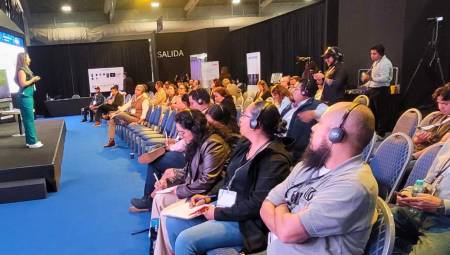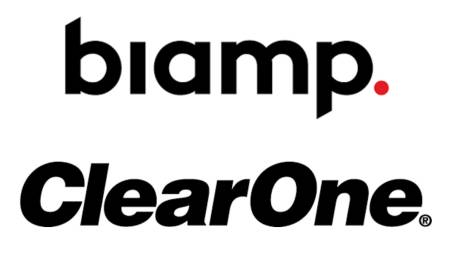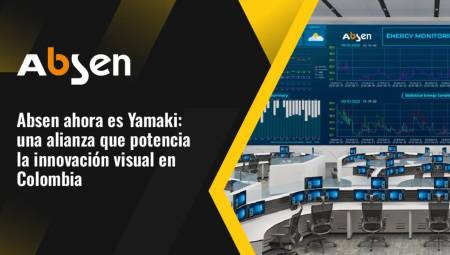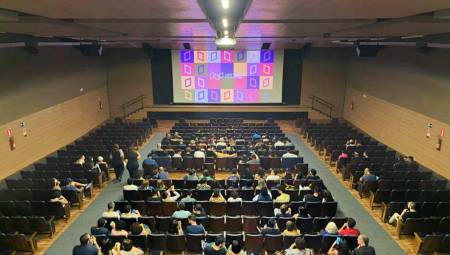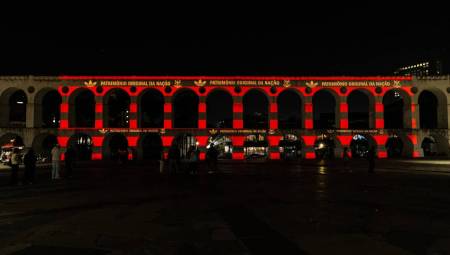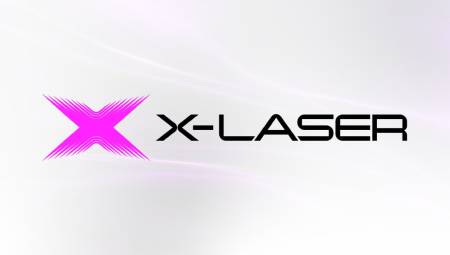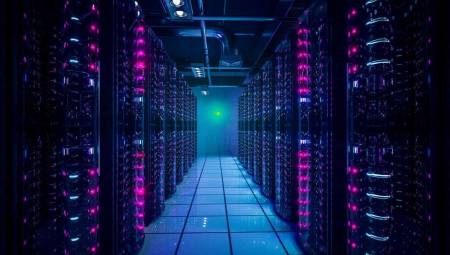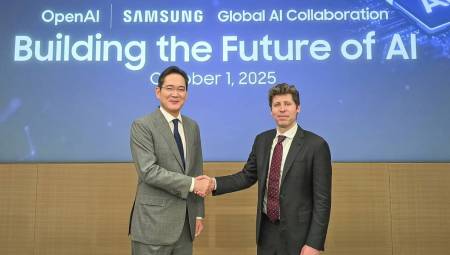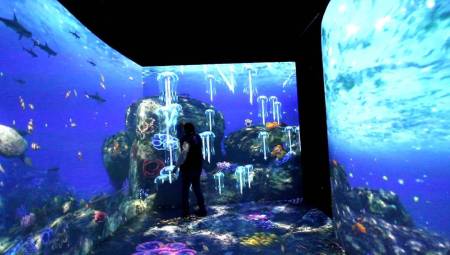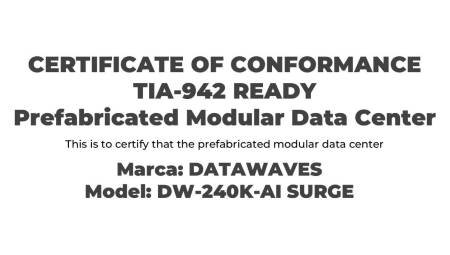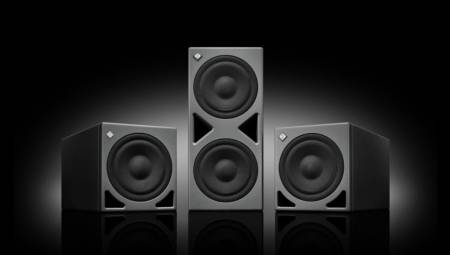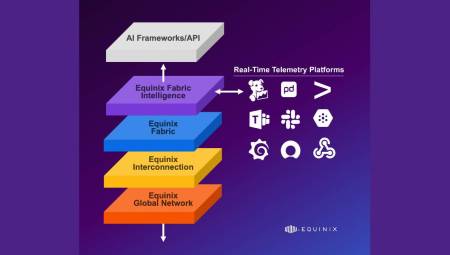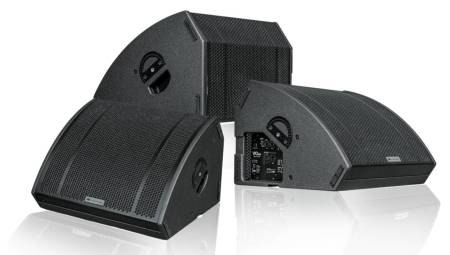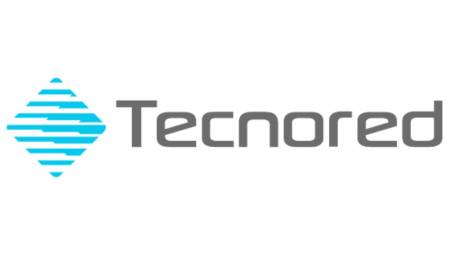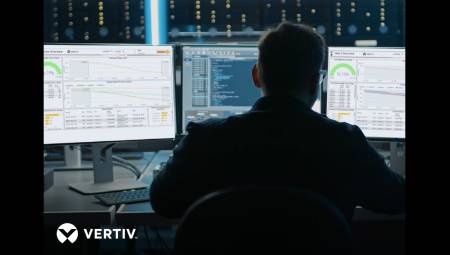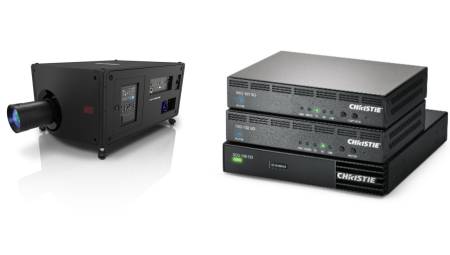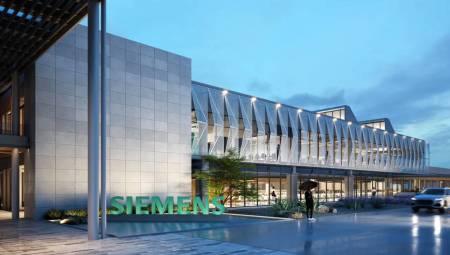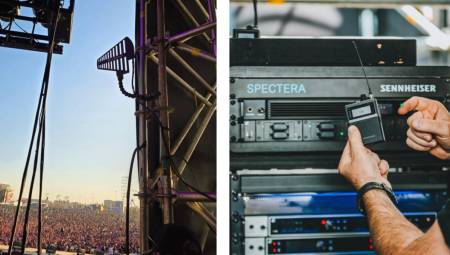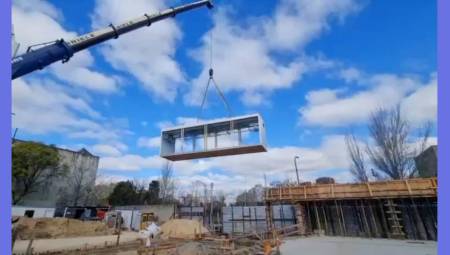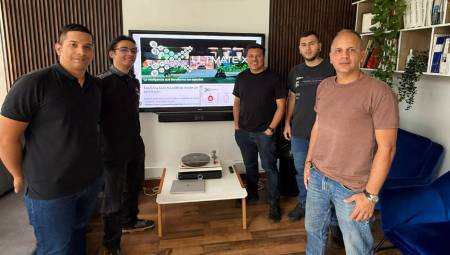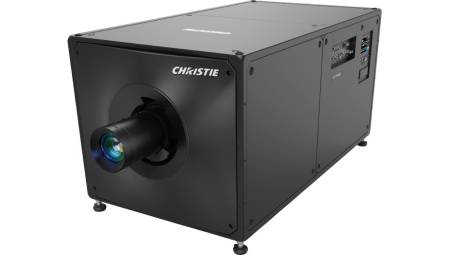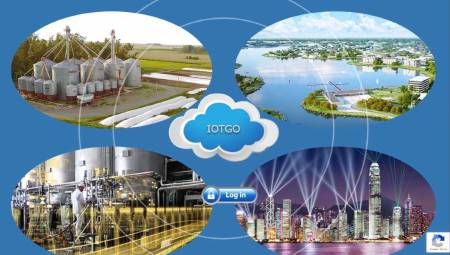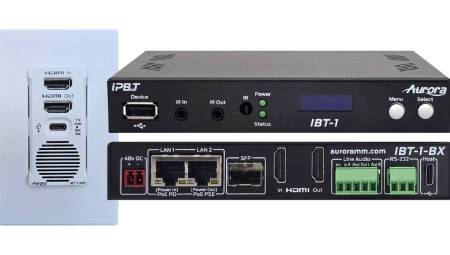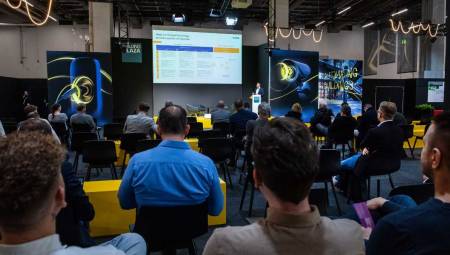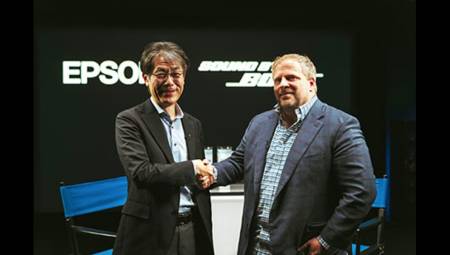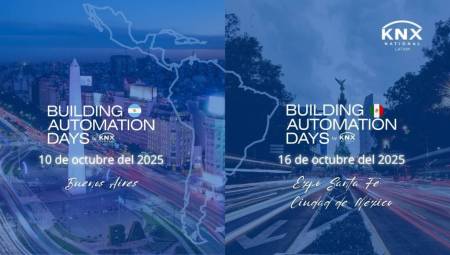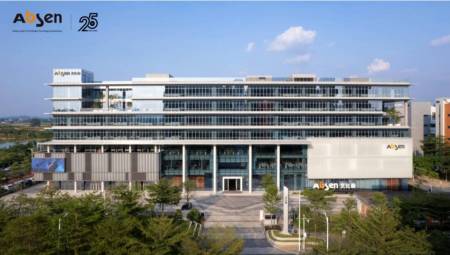 Latin America. Reichle & De-Massari, R&M, is looking at the future of building automation. Smart buildings can only be smart if all digital organs can communicate with each other without any barriers, this is something pointed out by the company in a recent statement.
Latin America. Reichle & De-Massari, R&M, is looking at the future of building automation. Smart buildings can only be smart if all digital organs can communicate with each other without any barriers, this is something pointed out by the company in a recent statement.
"The idea of the smart building is based on a uniform nerve structure and a common language in the form of structured cabling for data networks and the Internet Protocol," said its representative in Mexico, Israel Delgado, CEO of CSU Global Connectivity.
Today, buildings are full of sensors, networks, electronics and controls. Different transmission technologies connect the individual building technology systems. The vision of smart, digitized buildings is virtually impossible to realize with the diversity that has developed over time. "It would be fantastic if you could consolidate the networking of systems. That is why in recent years he has increasingly focused on the idea of communicating using a single protocol," explains Paulo Campos, Managing Director at R&M for Latin America.
Building systems could more easily exchange information over the local data network (LAN) based on standardized Internet Protocol (IP) and affordable Ethernet network technology. Building operating expenses can be reduced by up to 40% with Ethernet/IP. That's why R&M is convinced that the key to smart buildings is LAN cabling.
Today, R&M provides an increasing amount of information about the important role of smart building wiring. "We want investors, architects, planners, installers and system integrators to really get up and running. They need to know that they are creating a lasting foundation for future-proof digitized building automation," Delgado explained.
Cabling technology for local data networks is taking massive evolutionary steps that will also help when it comes to smart buildings. R&M reports on developments with Power over Ethernet (PoE). It can be used to supply electricity to building technology components through the data network. Electrical wiring would become superfluous in many cases. Another evolution that will soon penetrate the market is Single Pair Ethernet (SPE). SPE can expand local data networks in the farthest corners of a building. It could integrate four times more end devices into a LAN than before.
Paulo Campos of R&M argued, "Uniform, application-independent, vendor-agnostic connectivity can replace what to date has been the standard separation of IT and fieldbus components. The whole building is speaking one language. In addition, this simplifies installation and maintenance. Material and operating expenses decrease."
For R&M, new installation concepts such as the digital ceiling are of central importance here. "With the digital ceiling, we are expanding the data network like a honeycomb on the roof throughout the building to be able to connect devices to building automation. The concept consists of areas with pre-installed connection points (service exits) on the roof. R&M offers sophisticated installation solutions precisely for this purpose.
They make the building ready for intelligence," Delgado explains for CSU Global Connectivity. Real estate managers or tenants can make use of digitalization with 'Plug and Play', fit for purpose, barrier-free, fast and at low cost. The only thing left to do is connect network switches, sensors, controls, WLAN access points, and other distributed construction services.
































